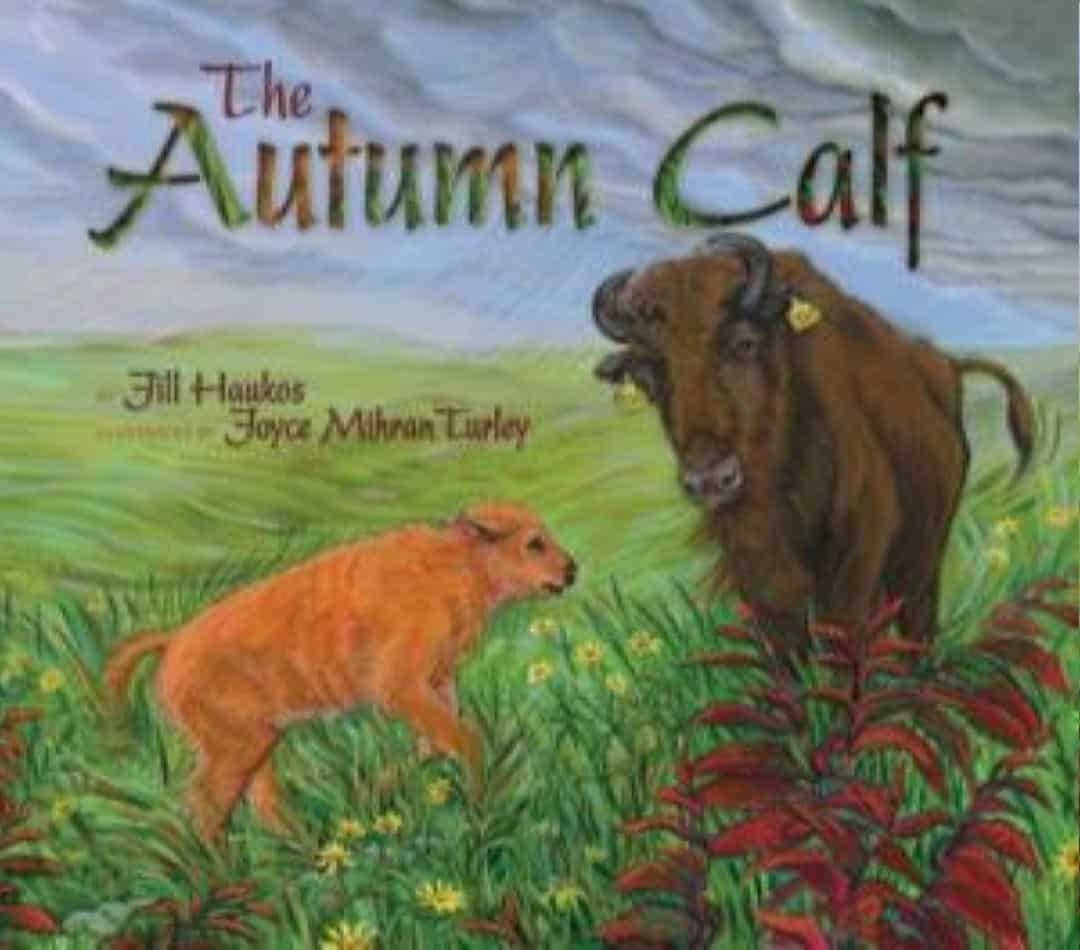 Time for a Hike
Time for a Hike
By Jennifer Bergen, Youth Services Manager
It is time to get out and go for a hike! The library recently hosted a book reading and signing on Earth Day for Jill Haukos’ The Autumn Calf, which tells the story of a baby bison born on the Konza Prairie. Illustrator Joyce Mirhan Turley was also present to talk about the artwork for the picture book. Haukos has offered to give away free copies of The Autumn Calf to any teachers, libraries or schools who contact her; just e-mail konzaed@ksu.edu.
The story includes some information on the tallgrass prairie ecosystem, and it is the perfect introduction for kids to start learning more about the Konza, even visiting it to hike the trail. Lately, articles and facebook posts have highlighted how the Konza Prairie Biological Station’s trail is sometimes misused. Luckily, Haukos, who is the director of education there, says they are keeping the trail available for hikers, and they continue to educate the public about their rules and explain why it is so important to follow them.
We can all help by following any posted rules at outdoor sites, and by instilling those values in our kids or students, no matter where they are encountering nature. The Leave No Trace Center for Outdoor Ethics website, LNT.org, includes resources for promoting good habits when exploring nature, camping or hiking.
A number of new titles at the library will inspire children who seek to understand the world around them, to treat our environment with respect, and to learn from nature.
The New Ocean: The Fate of Life in a Changing Sea by Bryn Barnard describes the current state of the Earth’s waters, and how the changes in pollutants, climate, and people’s eating habits and use of technology within the ocean are affecting ocean life. The book’s succinct and understandable format covers six “sea dwellers,” and shows how they have changed and what consequences may come in the future. While jellyfish and blue-green algae thrive, some of the “losers” in this scenario are orcas, sea turtles, tuna and coral reefs…and ultimately, us.
Booklist Reviews notes that “Despite the unsettling statistics, including ocean acidification and dead zones, the evolutionary wonders on display will hopefully inspire readers to help protect this vulnerable, vital Earth system.” Rather than protecting our children from learning the disturbing facts, Barnard informs young readers and then calls on them to study science and nature to find new solutions.
In Wonderful Nature, Wonderful You, author Karin Ireland and illustrator Christopher Canyon, use each double page spread to feature two or more animals or parts of nature, and relate them to a child’s emotions or attitudes. In one set, Ireland focuses on the lion not always catching its dinner, and zebras moving until they find grass to graze on. She adds, “Life isn’t always fair. Sometimes things don’t turn out the way you want them to. Don’t blame someone else, and don’t blame yourself, either. Just try again.” Children will gain some understanding by comparing their own experiences to those of animals and nature, knowing these shared experiences are a part of living and learning.
This book provides a great entry into exploring nature with kids in a thought-provoking way. An appendix adds activities for home or the classroom. A simple one is to release a child into a natural area and have them choose one object to study, and then complete these sentences about it: “I notice,” “I wonder,” and “It reminds me.” Every child’s story will be unique and meaningful to them.
For a truly harrowing adventure, both children and adults will appreciate Samantha Seiple’s Death on the River of Doubt: Theodore Roosevelt’s Amazon Adventure. In 1913, Roosevelt was offered the high-risk opportunity to travel with the explorer Candido Mariano da Silva Rondon down an uncharted river in the Amazon, the River of Doubt. He jumped at the chance, and brought along his son Kermit as well.
In 190 pages, Seiple details the many challenges, dangers and life-threatening encounters with piranhas, malaria, poisoned arrows, and river rapids to name a few. Roosevelt’s charisma, loyalty and persistence add much to the tale, which includes quotes and stories from the diaries, letters, articles and lectures of T. R. and his son, as well as others from the Roosevelt-Rondon Expedition. Before his death in 1919, Roosevelt wrote to a friend, “I am an old man now, and I did have a murderous trip down South, but it was mighty interesting.” Teddy Roosevelt will never look the same to these kids when they study the 26th president.


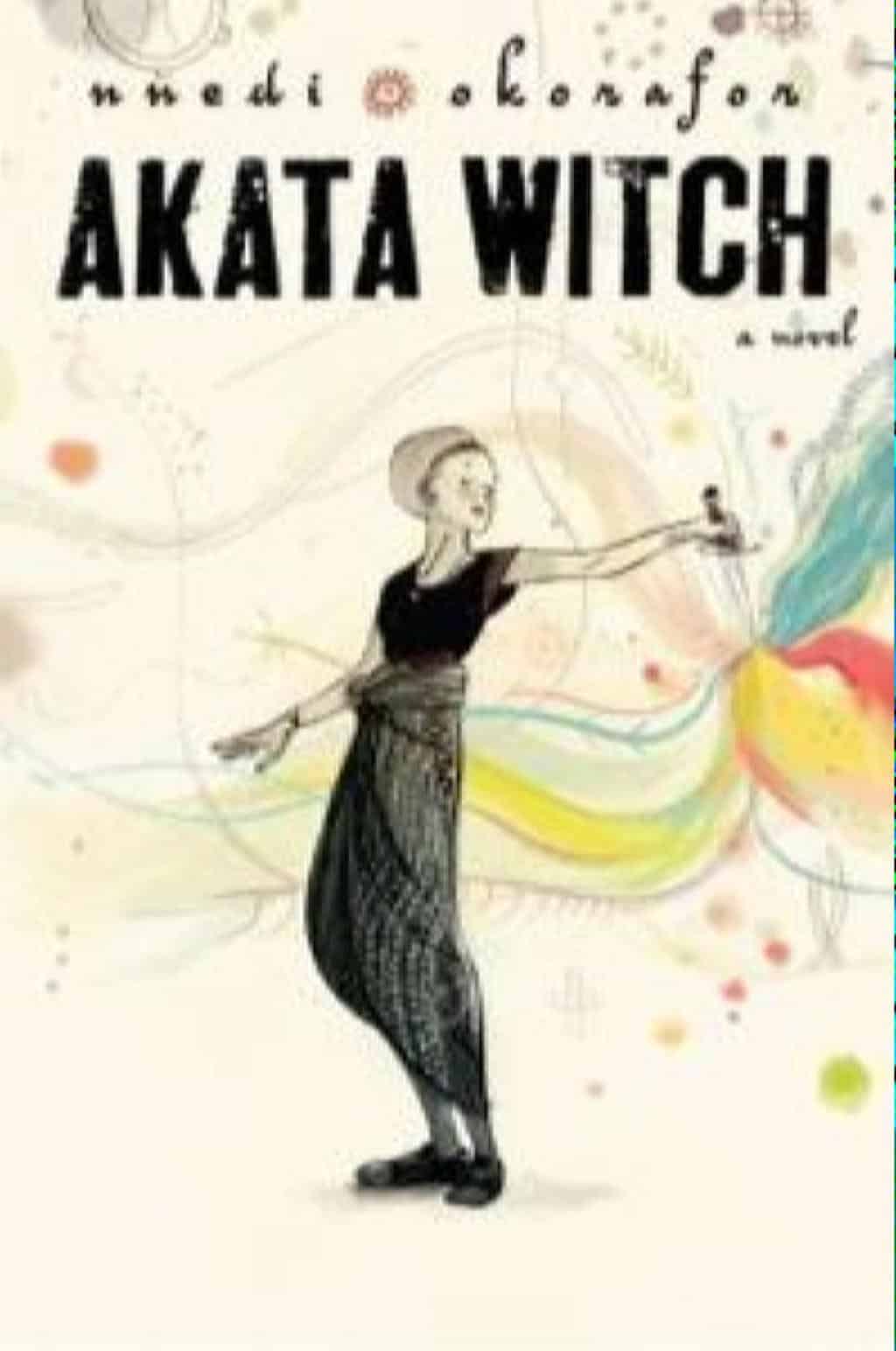 Folklore Beyond Grimm & Mythology Beyond the Greeks
Folklore Beyond Grimm & Mythology Beyond the Greeks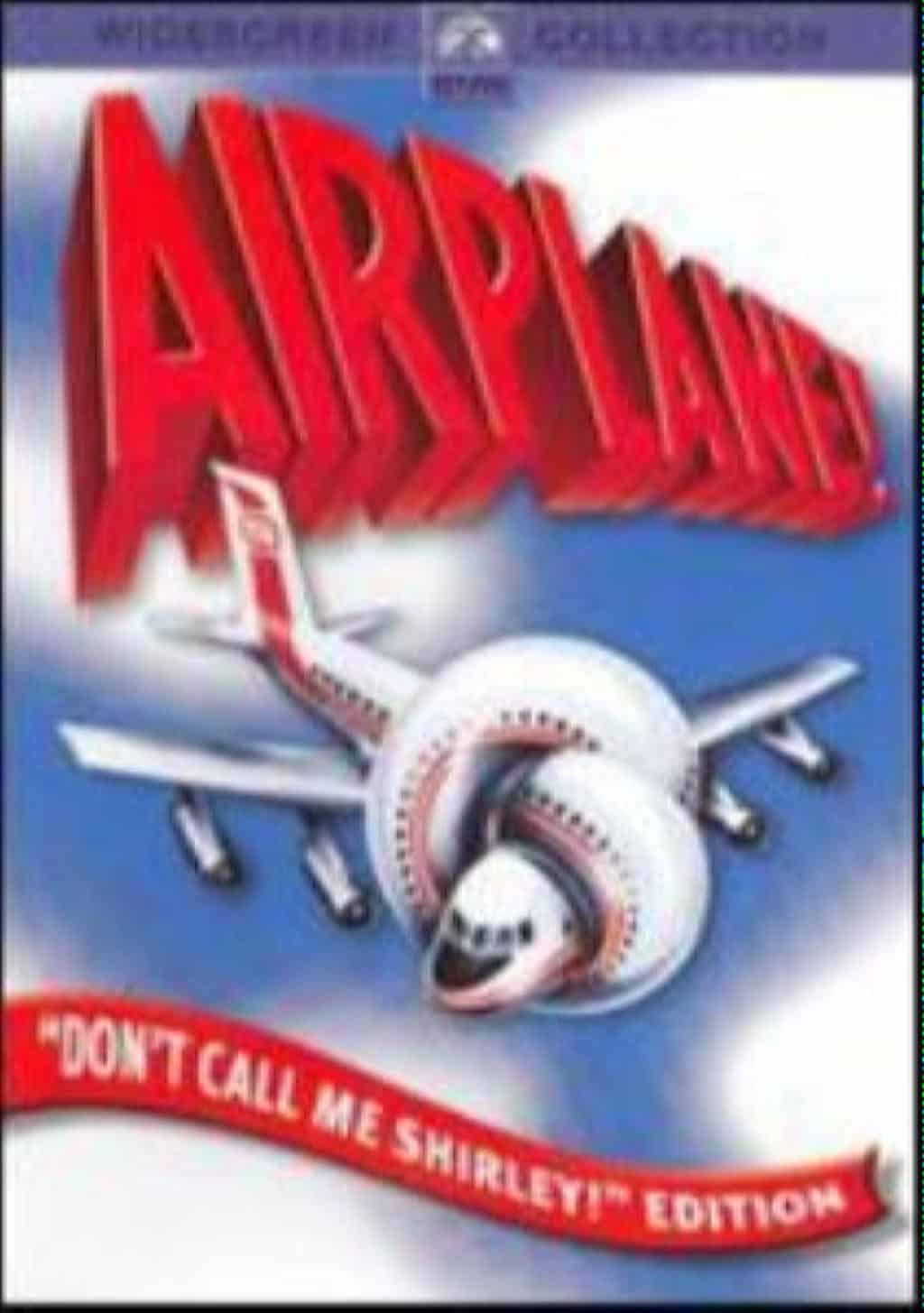 Laugh a Little, at the Library
Laugh a Little, at the Library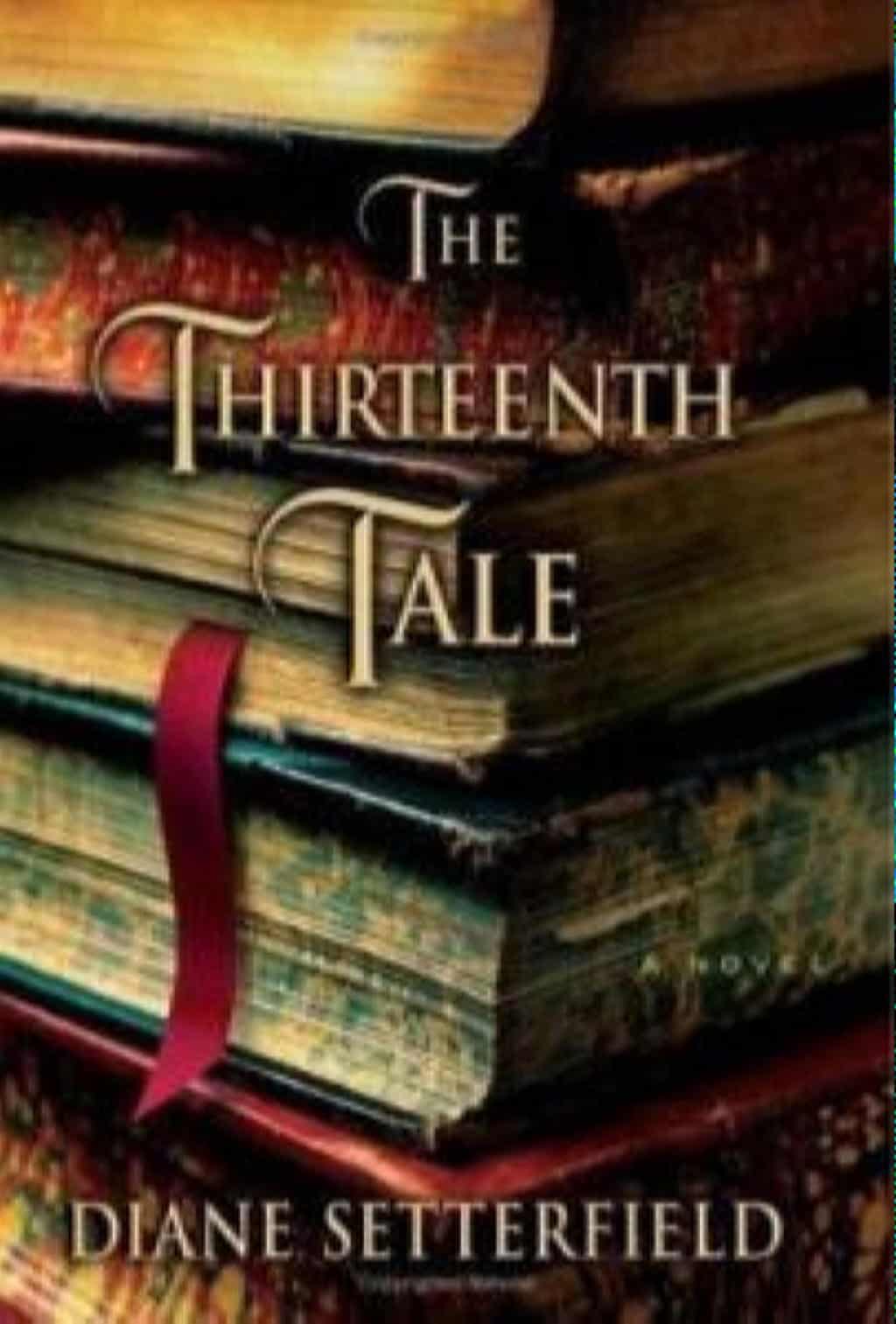 Books That Sarah Made Me Read
Books That Sarah Made Me Read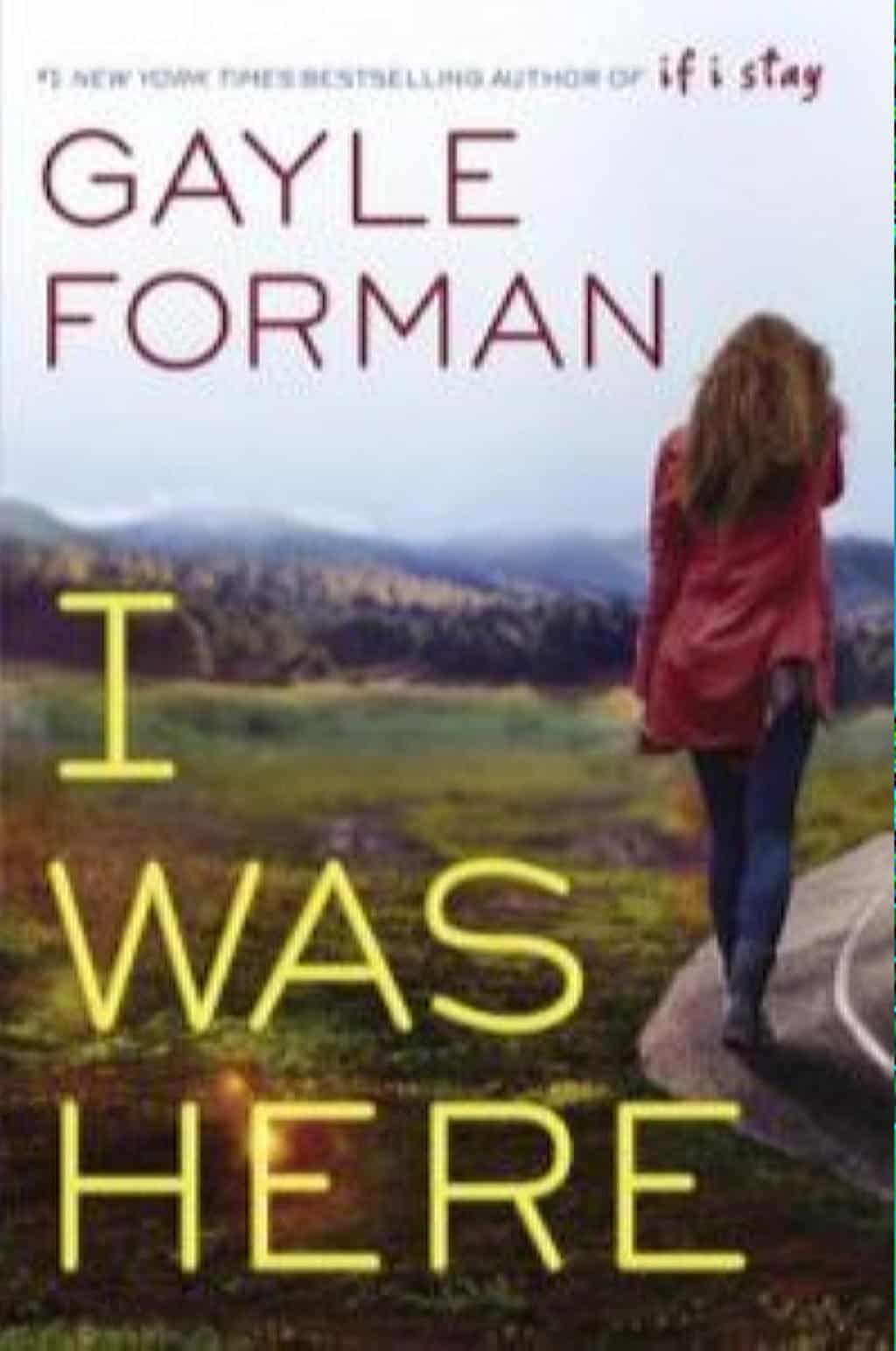 YA Books About Mental Health that Get it Right
YA Books About Mental Health that Get it Right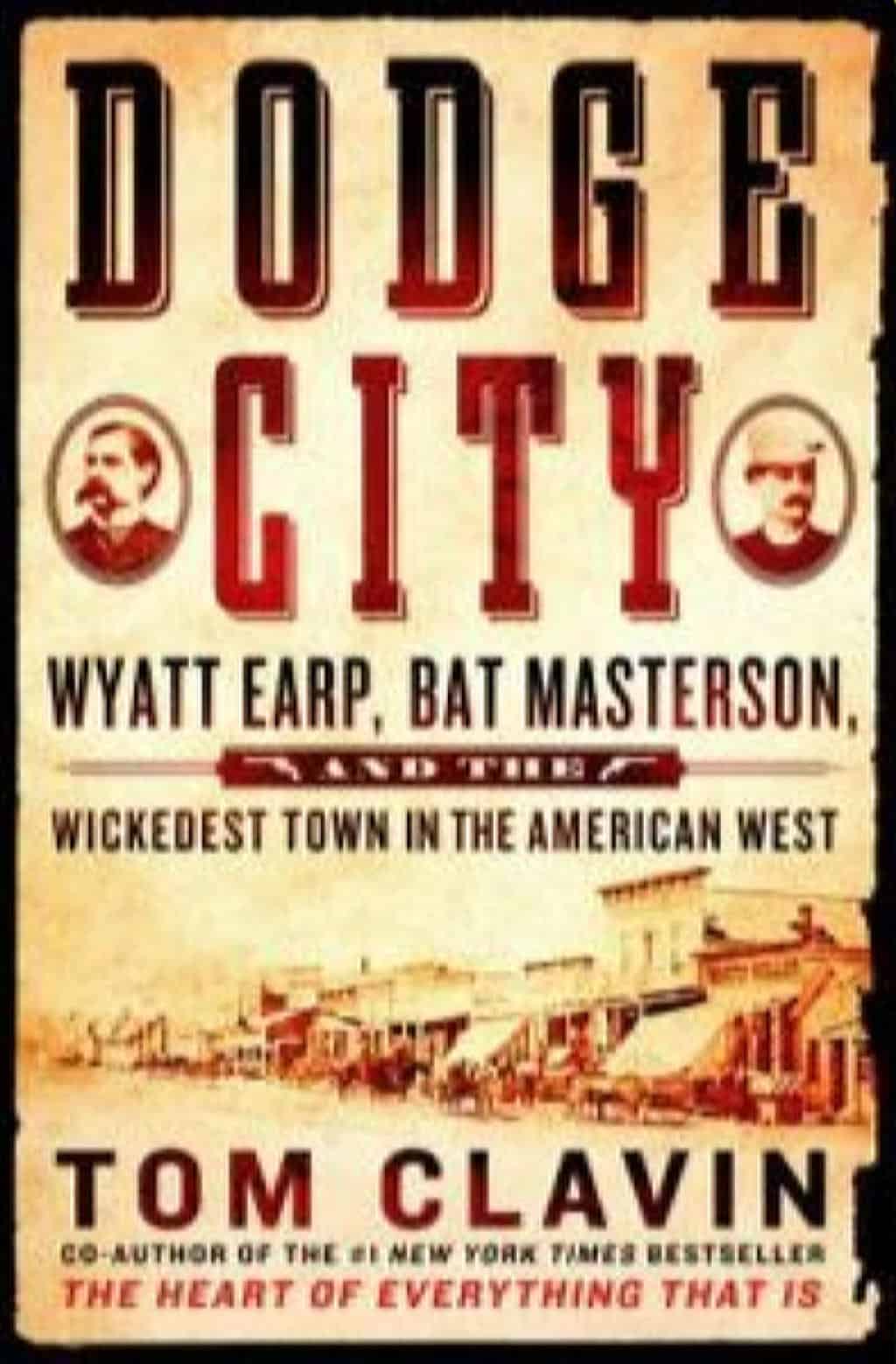 Dodge City at Its Wildest
Dodge City at Its Wildest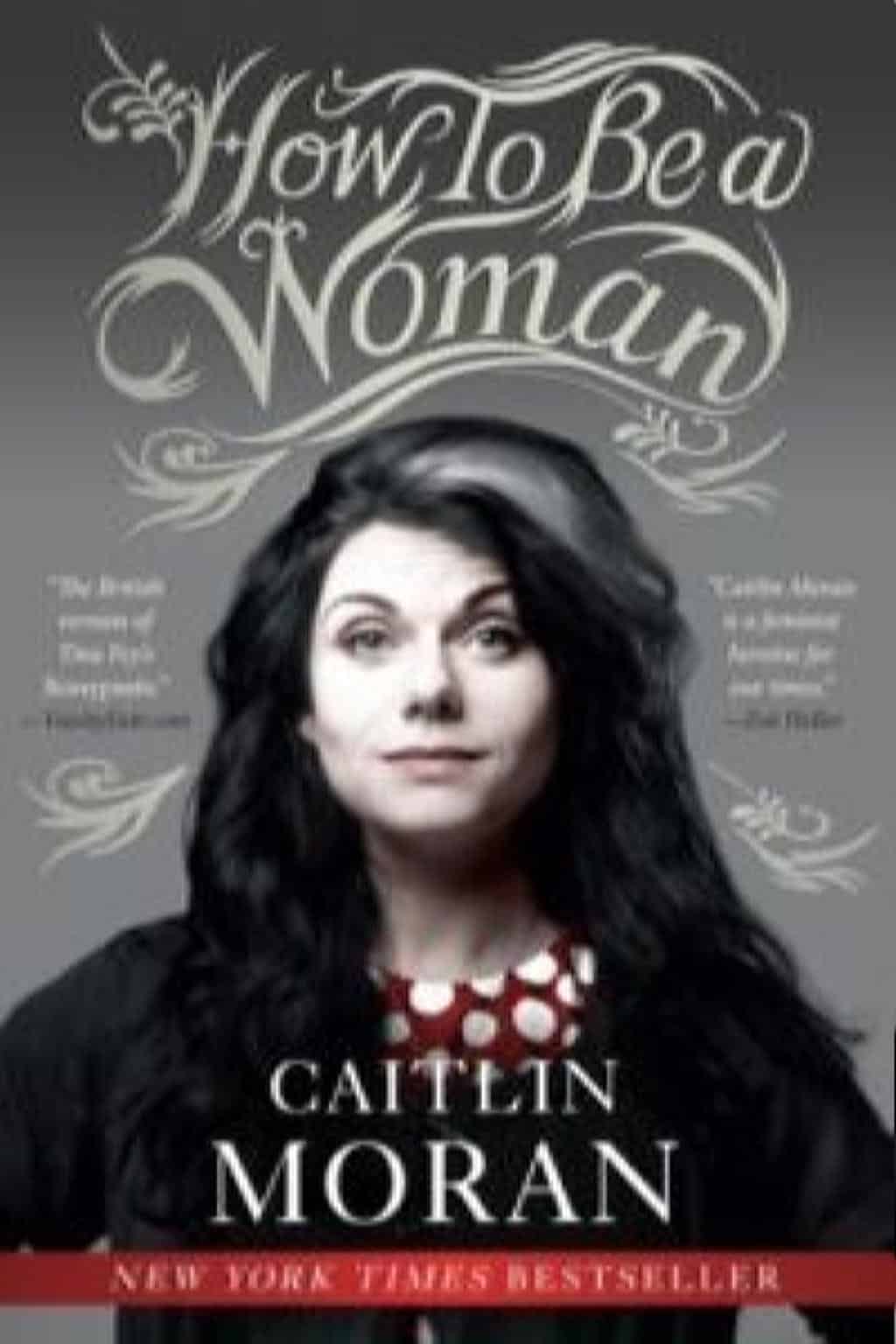 The Modern Face of Feminism
The Modern Face of Feminism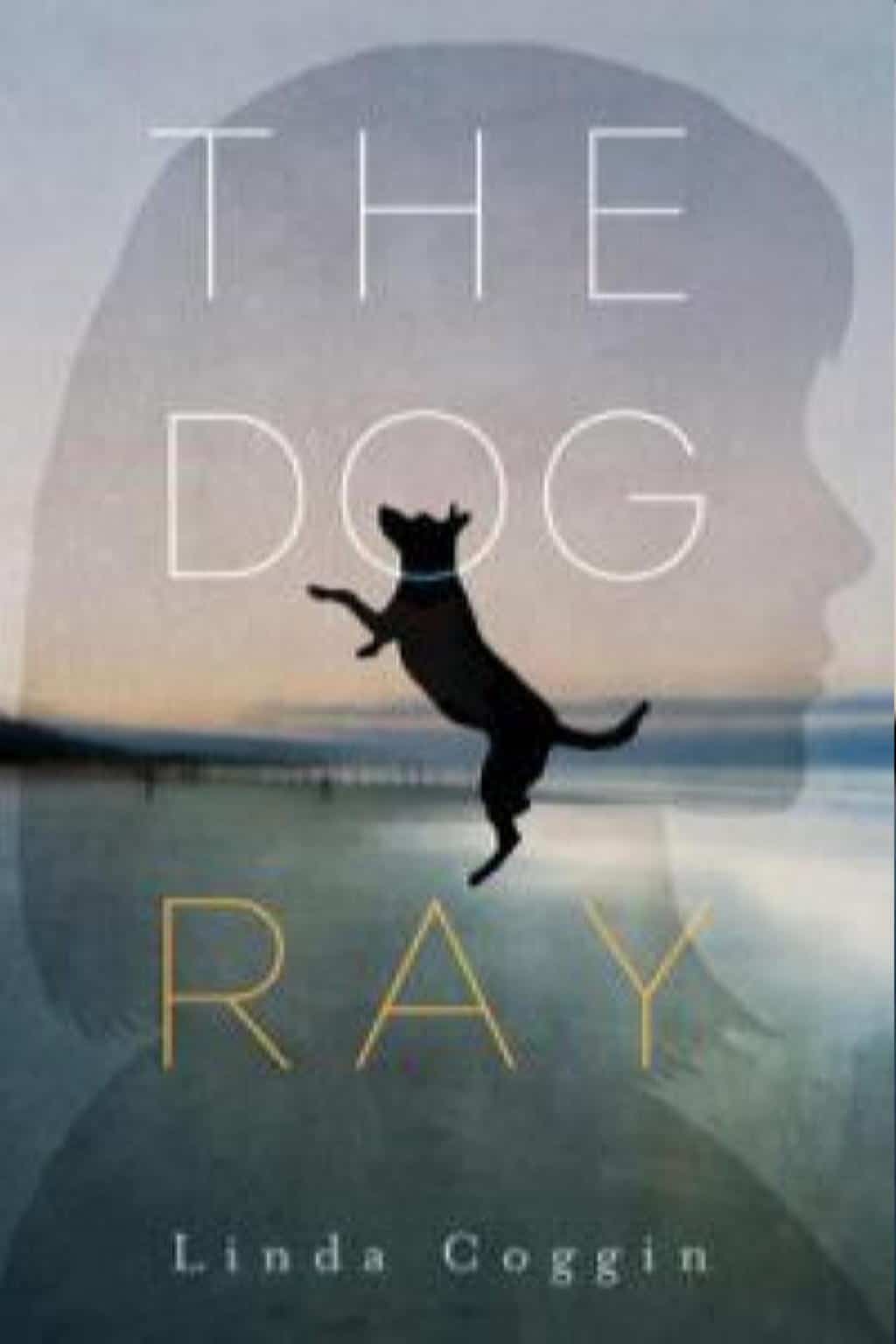 Good Reads for Young Naturalists and Outdoor Lovers
Good Reads for Young Naturalists and Outdoor Lovers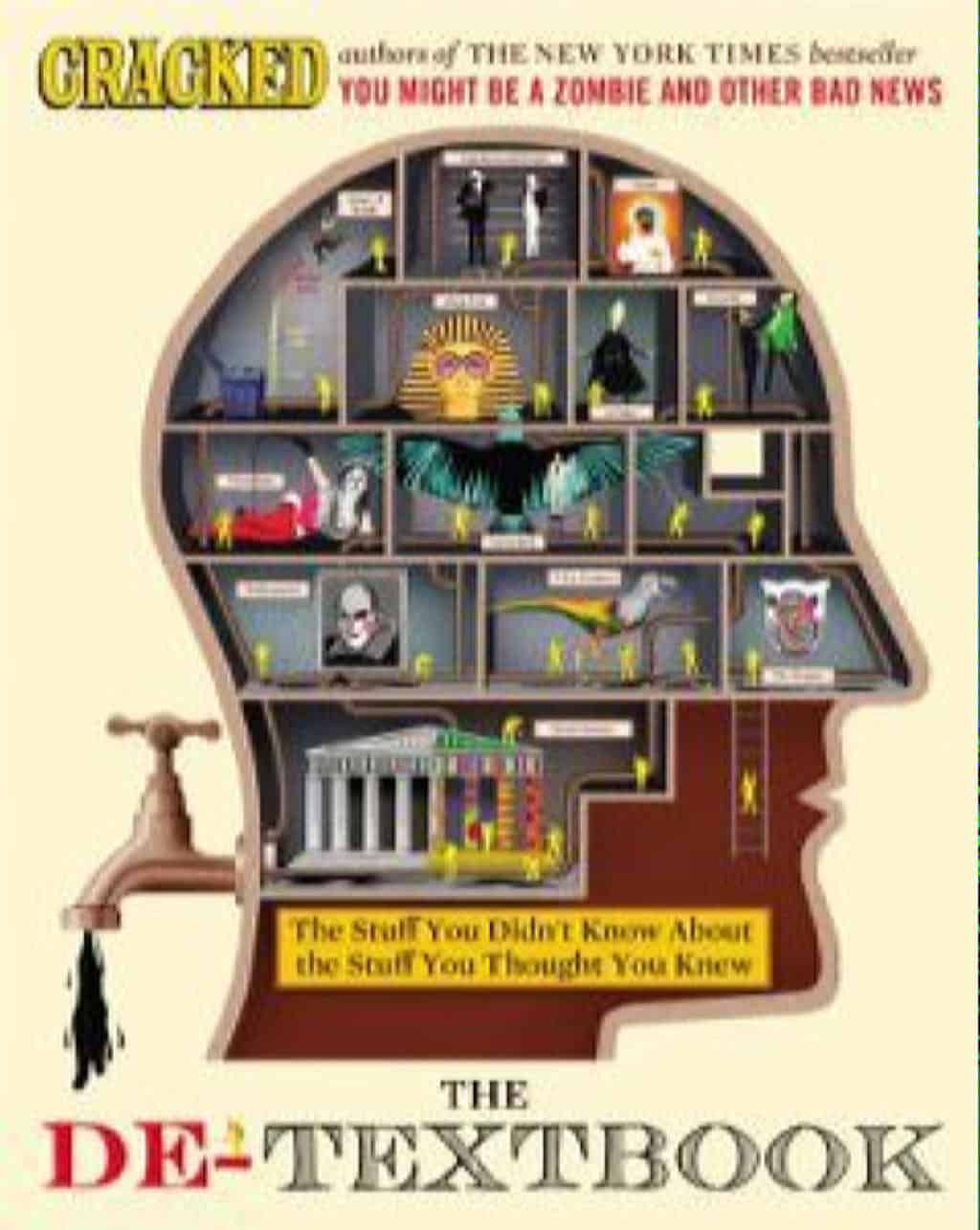 Judging Books by Their Covers
Judging Books by Their Covers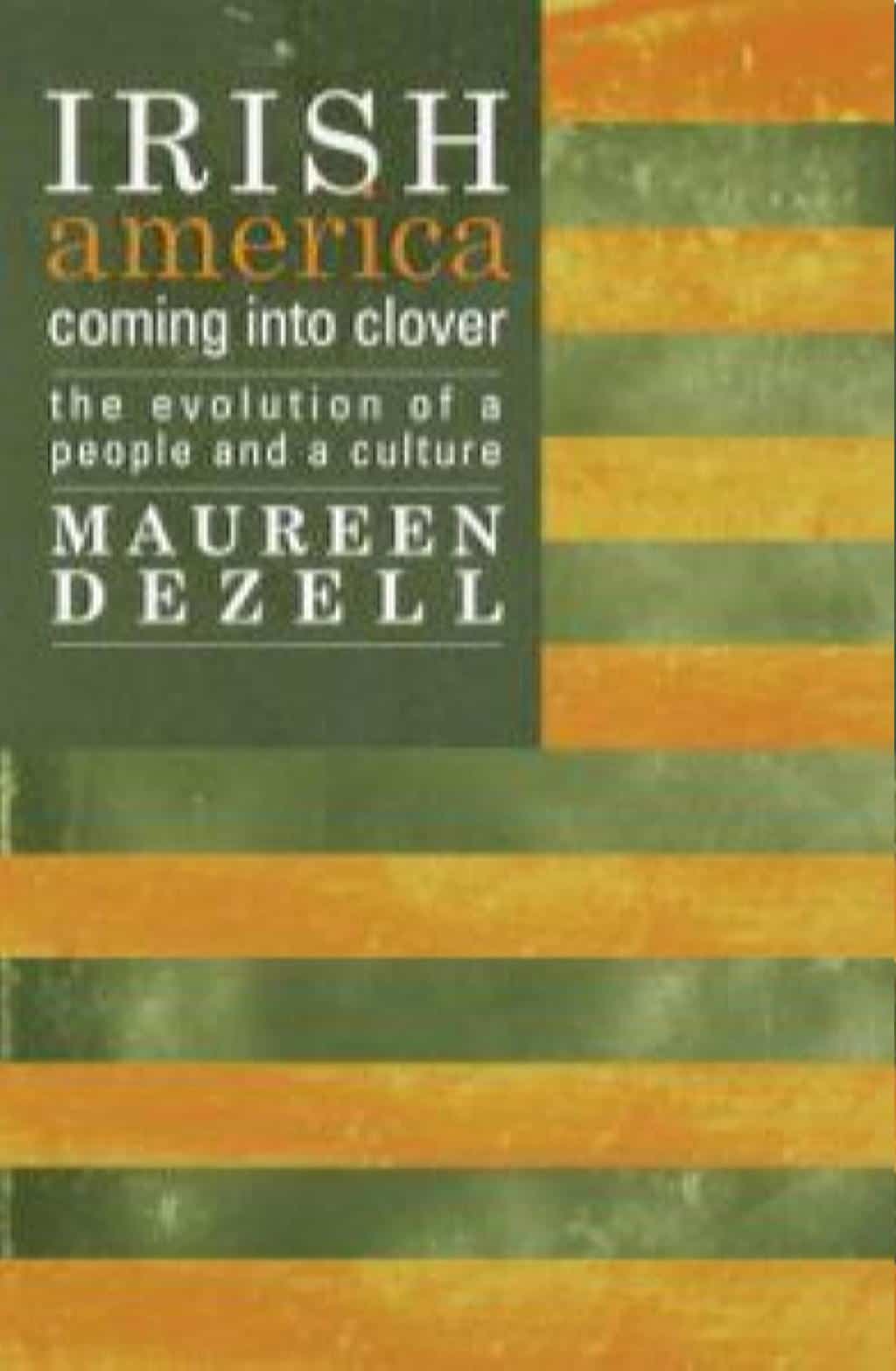 Irish Heritage Month
Irish Heritage Month